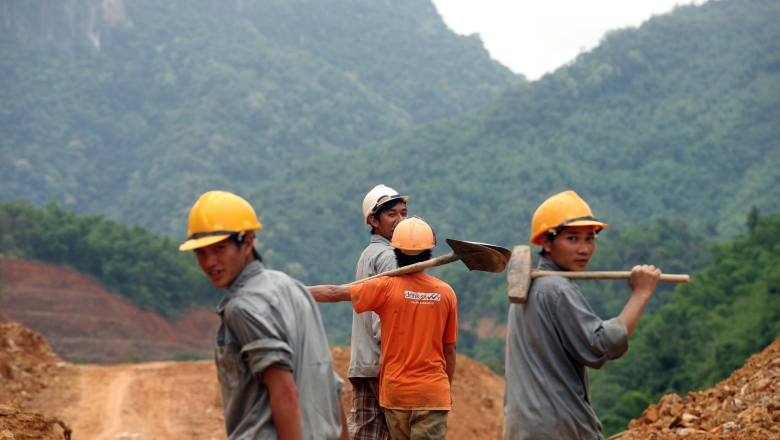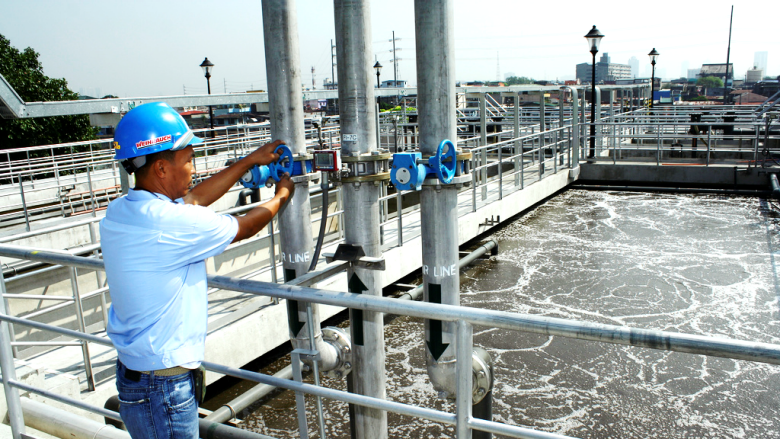Singapore, March 28, 2018: Lack of clean water facilities, roads in need of repairs, recurring power outages – these are the realities of many developing countries, including in the East Asia and Pacific region. The Status of Infrastructure Services in East Asia and Pacific, a report by the World Bank Group’s Infrastructure, PPPs, and Guarantees unit, or IPG Group, based at the Hub for Infrastructure and Urban Development in Singapore, shows in detail the infrastructure gaps that are critical for economic growth.
The findings reflect the composition of the region, a diverse mix of high-income and low-income economies with several large middle-income economies. Infrastructure access is also marked by fragmentation, with notable differences between low-income and high-income ASEAN countries, between ASEAN and the Pacific Islands countries, and between rural and urban areas.
These distinctions inform the three broad groupings with respect to access: highly advanced and well-equipped countries, such as Singapore and South-Korea; a semi-advanced group which includes middle-income countries, such as China, Malaysia, Thailand, and Fiji; and countries with less access, such as Myanmar and most of the Pacific Islands, excluding Fiji and Samoa.
Initiatives are underway to crowd in more private financing in infrastructure investment, as part of the World Bank Group’s efforts to maximize finance for development. Currently, public finance remains the largest source of funding for infrastructure development. In East Asia and the Pacific, private participation in infrastructure investments have recovered to pre-1997 Asian financial crisis levels, but they still account for a fraction of total infrastructure investments. In China in 2015, for example, private investment amounted to less than 1 percent of total investment in transport, energy and water.
Attracting more private investment will require regulatory reforms that impact the investment climate, and also business models that ensure returns. Currently, revenues from service tariffs in many East Asian and Pacific countries do not cover the costs of production. In several ASEAN countries – notably Indonesia, Vietnam, and Philippines – average unitary revenues from electricity tariffs do not cover the marginal cost required to generate electricity, let alone to distribute and transmit electricity to users. Only China, Malaysia, and Thailand are operating at general cost recovery levels for electricity production.



